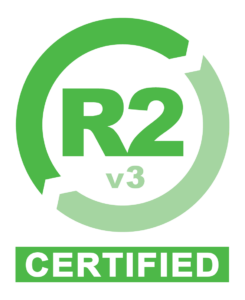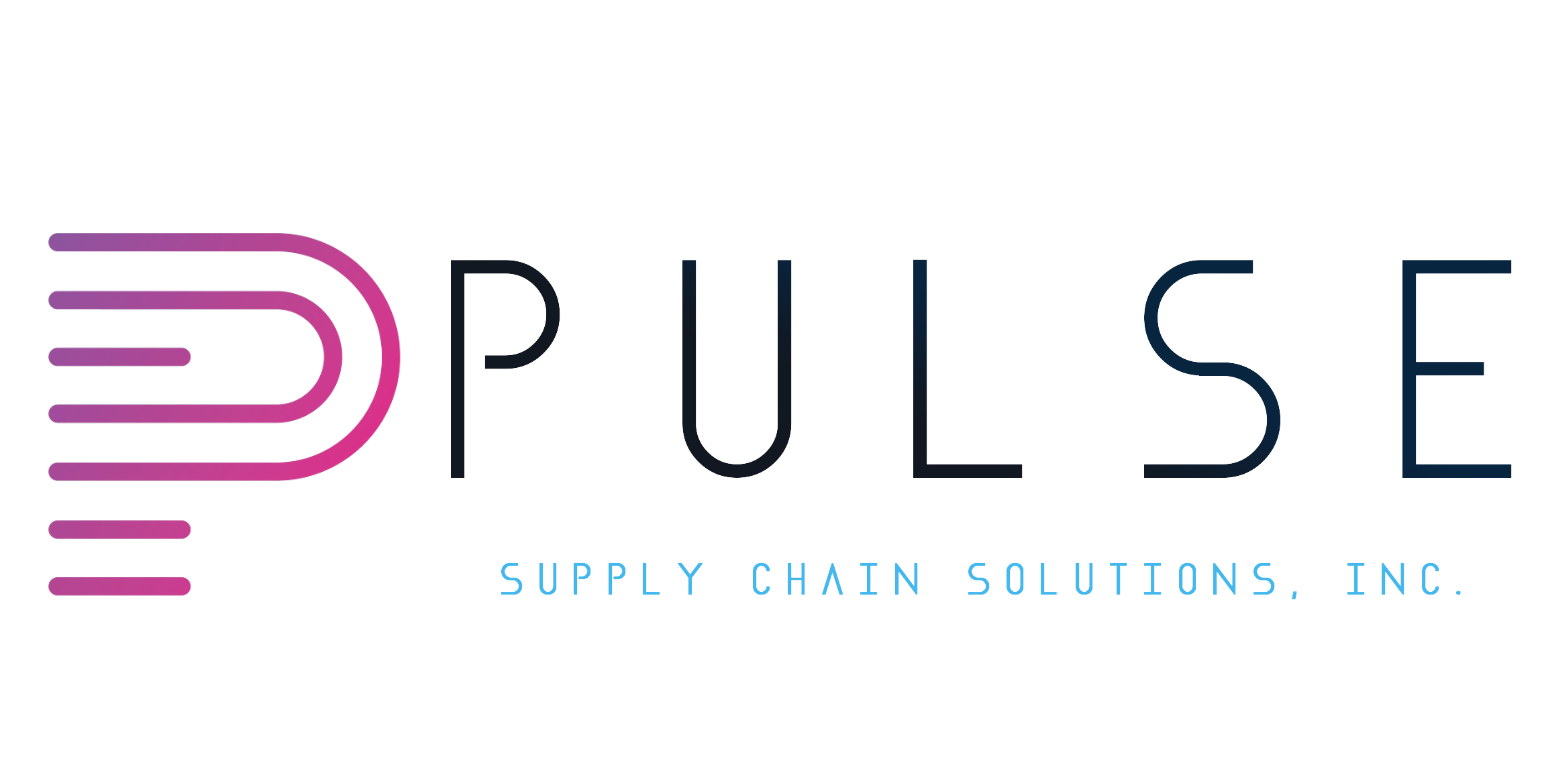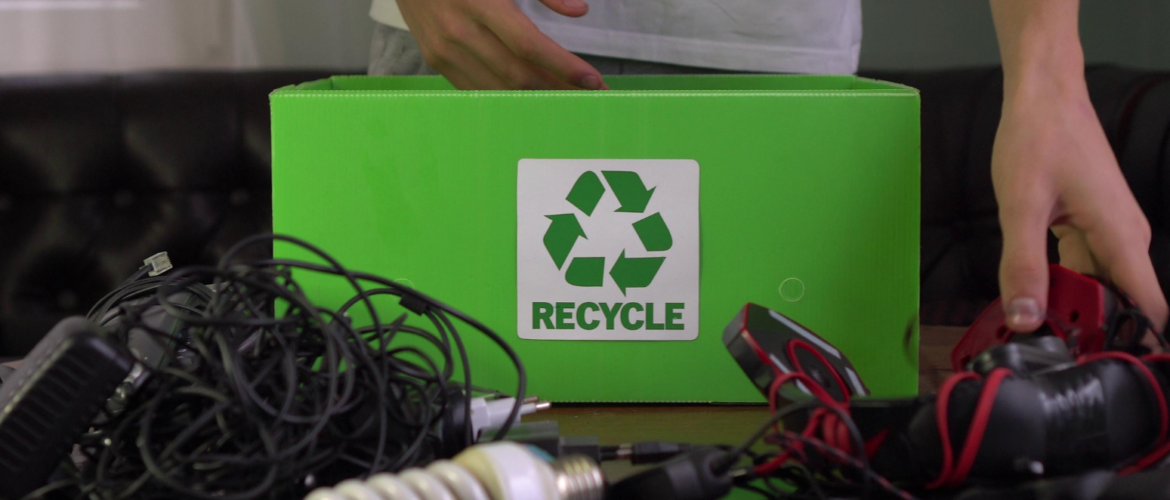One of the largest challenges facing businesses and organizations who want to manage and dispose of electronics responsibly is knowing where to start. The classic mandate to Reduce, Reuse, and Recycle is as important today as it has ever been, but how does a large-scale business translate that simple adage into a step-by-step operation they can scale and execute day after day? The answer is to partner with organizations like Pulse who specialize in these sustainable practices and commit to the highest standards of the industry. As part of this commitment, Pulse has undertaken the rigorous process of acquiring R2v3 Certification, the world’s most widely adopted standard of responsible practices for electronics.
But what is R2v3 Certification, who certifies it, and what are the principles that make it the guiding standard for the electronics recycling industry? Let’s take a closer look.
 A Quick History of R2v3 Certification
A Quick History of R2v3 Certification
Sustainable Electronics Recycling International (SERI) is a 501(c) non-profit and industry-leading organization dedicated to providing resources and guidance on the responsible reuse and recycling of electronics. SERI is also the current housing body of the R2 Standard, first created by the EPA in 2008 as a means to establish consistent and responsible recycling practices to be assessed by accredited certification programs. In short, the original R2 set the standards and the means by which those standards should be certified by qualified bodies.
The R2 Standard underwent a major revision in 2013 which better defined the certification process as well as updated the list of best practices. However, every year is a lifetime in the world of electronics, so the R2 Standard was updated again in 2020 by SERI, bringing it to its current form: R2v3 Certification. This most recent revision is largely a product of the industry itself, as seven years of expert and end user feedback inspired its host of improvements. So, while the mission remains the same, the R2v3 revision is adapted to an ever-changing world and places intense focus on two areas that all IT Asset Managers must consider: environment protection and data protection.
What are the R2v3 Standards?
The R2v3 Core Requirements are rigorous, and without getting into the nitty-gritty, they require that R2 facilities:
- Accurately define the scope of their mandate and certify all processes, electronic equipment, components, and material streams they manage.
- Maintain an Environmental, Health, and Safety Management System (EHSMS) for the safety of workers and the public, and to regularly review that system.
- Track and create extensive documentation for all electronic equipment, components, and materials which are processed through their facilities.
- Sort and categorize electronic equipment for processing in accordance with the R2 Equipment Categorization standard.
- Meet an extremely high standard of data security protection across all elements of equipment processing. This Core Requirement in particular underwent significant revision for R2v3 with several sub-requirements depending on the scope of the facility.
- Provide for a safe, secure, and legally compliant facility and workplace that does not expose workers to hazards or contamination.
Among several other core requirements which facilities must meet for certification. For full details, visit SERI.
Pulse Supply Chain Solutions and R2v3
At Pulse, we pride ourselves on always operating at the forefront of the industry. Standards change, processes get better, knowledge evolves – and so do we! Pulse will continue to commit to responsible and sustainable practices in IT asset reuse, recycling, and disposition. As our reach expands with facilities all over the globe, it’s vital to us that we remain a leader in doing our work the right way while providing our customers the return and security that they require.
For more information about Pulse, our R2v3 certification or other certification, or to discuss your needs, please contact us.
One of the largest challenges facing businesses and organizations who want to manage and dispose of electronics responsibly is knowing where to start. The classic mandate to Reduce, Reuse, and Recycle is as important today as it has ever been, but how does a large-scale business translate that simple adage into a step-by-step operation they can scale and execute day after day? The answer is to partner with organizations like Pulse who specialize in these sustainable practices and commit to the highest standards of the industry. As part of this commitment, Pulse has undertaken the rigorous process of acquiring R2v3 Certification, the world’s most widely adopted standard of responsible practices for electronics.
But what is R2v3 Certification, who certifies it, and what are the principles that make it the guiding standard for the electronics recycling industry? Let’s take a closer look.
 A Quick History of R2v3 Certification
A Quick History of R2v3 Certification
Sustainable Electronics Recycling International (SERI) is a 501(c) non-profit and industry-leading organization dedicated to providing resources and guidance on the responsible reuse and recycling of electronics. SERI is also the current housing body of the R2 Standard, first created by the EPA in 2008 as a means to establish consistent and responsible recycling practices to be assessed by accredited certification programs. In short, the original R2 set the standards and the means by which those standards should be certified by qualified bodies.
The R2 Standard underwent a major revision in 2013 which better defined the certification process as well as updated the list of best practices. However, every year is a lifetime in the world of electronics, so the R2 Standard was updated again in 2020 by SERI, bringing it to its current form: R2v3 Certification. This most recent revision is largely a product of the industry itself, as seven years of expert and end user feedback inspired its host of improvements. So, while the mission remains the same, the R2v3 revision is adapted to an ever-changing world and places intense focus on two areas that all IT Asset Managers must consider: environment protection and data protection.
What are the R2v3 Standards?
The R2v3 Core Requirements are rigorous, and without getting into the nitty-gritty, they require that R2 facilities:
- Accurately define the scope of their mandate and certify all processes, electronic equipment, components, and material streams they manage.
- Maintain an Environmental, Health, and Safety Management System (EHSMS) for the safety of workers and the public, and to regularly review that system.
- Track and create extensive documentation for all electronic equipment, components, and materials which are processed through their facilities.
- Sort and categorize electronic equipment for processing in accordance with the R2 Equipment Categorization standard.
- Meet an extremely high standard of data security protection across all elements of equipment processing. This Core Requirement in particular underwent significant revision for R2v3 with several sub-requirements depending on the scope of the facility.
- Provide for a safe, secure, and legally compliant facility and workplace that does not expose workers to hazards or contamination.
Among several other core requirements which facilities must meet for certification. For full details, visit SERI.
Pulse Supply Chain Solutions and R2v3
At Pulse, we pride ourselves on always operating at the forefront of the industry. Standards change, processes get better, knowledge evolves – and so do we! Pulse will continue to commit to responsible and sustainable practices in IT asset reuse, recycling, and disposition. As our reach expands with facilities all over the globe, it’s vital to us that we remain a leader in doing our work the right way while providing our customers the return and security that they require.
For more information about Pulse, our R2v3 certification or other certification, or to discuss your needs, please contact us.


